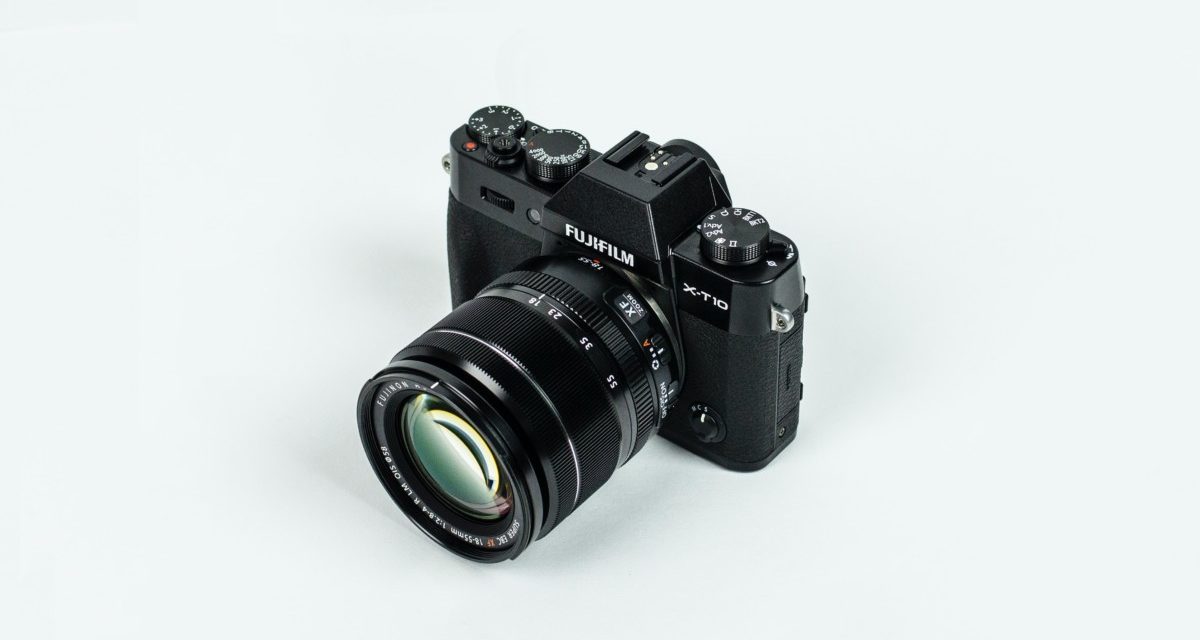[ad_1]
As a word, “macro” has many meanings but the one most commonly used by photographers describes a lens that produces life size images. That is, there is a 1 to 1 ratio between the size of the subject and the size of the image in the camera. Whilst that definition was useful for film cameras, it's not a great deal of help for digital ones. However, it should give you a good idea of what macro photography is all about.
A better definition of macro photography might be “extreme close-up photography”. There is an even more extreme type of close-up photography called micro photography, but that involves taking pictures through a microscope of things that cannot be seen with the naked eye. Macro photographs is always of things that are perfectly visible, it just shows them in a way you have never seen before.
To take a close-up picture, you need to get close. To take an extreme close-up, you need to get extremely close and that is what the macro button lets you do. Normally, if you try to take a picture of something that is too close to the camera, you may get a warning that the camera can't focus or the camera might not even let you take the picture at all. If it does, the subject of your photograph will be out of focus. For most digital cameras, too close means anything less than 4 or 5 feet.
That is where the macro button comes in. When you press the button, it moves the pieces of glass around inside your lens and allows it to focus much closer than normal. In some cases this can be as close as a few inches. At this distance, even the most mundane object is totally transformed into something visually stunning.
Ever been stuck for a subject to photograph? Just switch on the macro function and explore the world that is right at your fingertips. The reason this works is that we just don't look that closely at anything, which is why macro photographs are always full of incredible surprises.
You take macro pictures exactly the same way as any other type and the camera's autofocus works the same way too, it just works at much closer distances. Always remember to switch off the macro when you have finished because, in macro mode, your lens cannot focus at normal distances. There should be an indication on your camera somewhere when the macro function is on.
Macro photography is no more difficult than any other type but there are a few things to bear in mind that will help you avoid the pitfalls that some people experience when trying this for the first time.
Shadows
Because you are very close to your subject, it's very easy for your shadow to be covering it. Unfortunately, some cameras only allow you to use macro at the widest angle of the lens. This means you have to be very close and it may take some careful positioning to make sure that your subject is not in shadow. If you can zoom in, it allows you to be slightly further away for the same size shot and thus reduces this problem.
Many cameras will not allow you to use the built in flash in macro mode. This is because usually the flash can't cover anything so close to the camera and, even if it could, the barrel of the lens would probably cast a shadow over your subject. Even an external flashgun fitted to the camera may have the same problem. You can take macro pictures with flash but for best results you either need off-camera flash or a specialised ring flash unit.
Depth of field
When your camera focuses on an object, depth of field is the distance in front and behind the object that is also in focus. In macro photography, this is a very small distance. You can see this for yourself by taking a macro shot looking along anything with a textured surface, for example, a carpet. You will see the part in the middle of the frame is in focus, but the areas nearer and further away will be soft and out of focus. If you took your shot looking down a ruler, you could actually measure this depth of field and see how small it really is.
This means that, unless your subject is very flat and you are looking square on, it is very likely that only part of your photograph will be in focus. When this is the case, it makes a tremendous difference to the final image depending on what part is in focus. The trouble is that it's quite difficult to focus exactly where you want to when the camera is hand held.
It is much easier to take macro photographs with the camera mounted on a tripod or with some other means of support. Unless the point you want to focus on is dead centre of frame, you will need to pan the camera until it is, half press the shutter 'till the focus “locks”, frame up the shot you want then press the shutter button down the rest of the way.
If you are using a tripod or some other means of support and your subject is static, you could try to increase the depth of field by using a small aperture. You would use aperture priority mode and set the largest f/no. available. This will result in a very slow shutter speed. It could be several seconds. However, this doesn't matter if your camera has solid support.
Explore your world
If you have never used the macro button on your camera you are missing out on a whole world of photographic possibilities that you probably didn't even know existed. Just press the button and step through into the wonderful new world that is macro photography.
[ad_2]
Source by Colin Aiken

